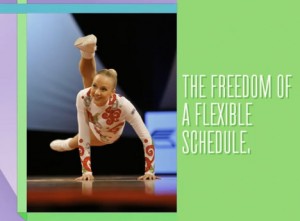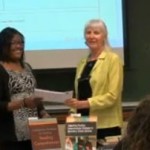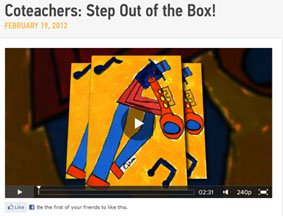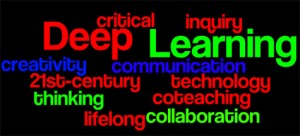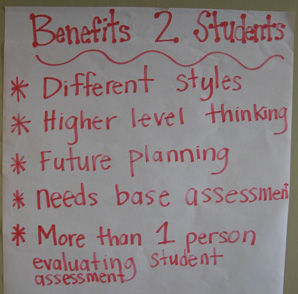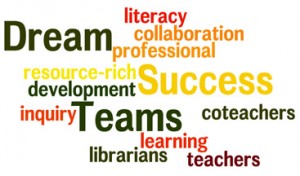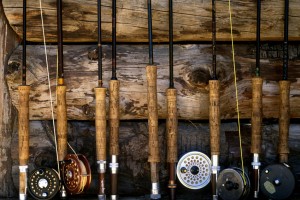 Several weeks ago, Sue Kimmel blogged about working with reluctant teachers, the ones who are not coming to the collaboration table. She offered some ideas for making sure that students in those classrooms still had school library learning opportunities in different settings. I would like to explore ways to reel some of those reluctant fish into collaborative relationships.
Several weeks ago, Sue Kimmel blogged about working with reluctant teachers, the ones who are not coming to the collaboration table. She offered some ideas for making sure that students in those classrooms still had school library learning opportunities in different settings. I would like to explore ways to reel some of those reluctant fish into collaborative relationships.
First, cast the line with some intriguing bait:
From my experience, many teachers who are reluctant collaborators are often leery of new ideas or trends. They may not want to jump on the latest bandwagon, or to take a risk in looking foolish in front of colleagues or students. Mostly, they like to play it safe, not venture into the unknown. Respect that view, be generous, and don’t give up. Cultivate a person to person relationship. Watch, listen, and ask probing, but friendly questions about what’s happening in their classrooms. Tease out the challenges that they have encountered around curriculum units, or student engagement. Ask to visit or help out in the classroom. Listen to students who come in from those classes with projects that have been assigned. Get the big picture, and just wait.
Get acquainted with any school reform initiatives, or curriculum revisions that might impact that teacher. Implementation of Common Core Standards and the new testing format are certainly hot topics right now. Be part of that conversation, and immerse yourself in the documents, so that you understand the implications for the educational community. Embrace emerging technologies. Have some hotlinks in your PLN for other standards, too-AASL, ISTE, and so on.
 Gather up a few “lures,” such as online resources, web 2.0 apps, blogs, rss feeds, and best practices in pedagogy and brain-based learning. Fill your tackle box with information about Universal Design for Learning, flipped classroom, backward design, differentiated instruction, inquiry based learning, and so on.
Gather up a few “lures,” such as online resources, web 2.0 apps, blogs, rss feeds, and best practices in pedagogy and brain-based learning. Fill your tackle box with information about Universal Design for Learning, flipped classroom, backward design, differentiated instruction, inquiry based learning, and so on.
Be ready with one small lure to offer that reluctant teacher, when you have the conversation that opens an opportunity to take the first step.
I know, I know… you don’t have time or patience to wait for that fish to bite, but as long as you have the line out, and the fish is circling, you may get a big one in the end!
Caught one!
In years past, I had a fish, oops, I mean colleague, who was in a self-contained classroom, and I tried to extend a collaborative hand without a lot of success. Then, the administration required every teacher to collaborate in a team to develop and co-teach a standards based unit. Since this person was not part of a team, she had to team up with someone. Guess who she chose? Needless to say, it was the beginning of a creative and stimulating collaboration that benefited both of us and the students in her classroom. Our collaboration continued to grow throughout the years, and we had so much fun! (BTW-that’s not me in the photo. All photos from Microsoft Clipart)
More hooks:
Looking for other entry points for collaboration? Be sure to check out the Teacher Resource pages within Debbie Abilock’s fabulous NoodleTools website. There are wonderful ideas and links to web tools and resources. Every school needs to have this resource for information literacy. Some of the material is gratis, but the advanced product is well worth the cost.
Resources:
NoodleTools Curriculum Collaboration Toolkit. NoodleTools, 2007. Web. 25 Feb. 2013. <http://www.noodltools.com/debbie/abilock/collab/.>
 The past weekend I had the pleasure of sharing a keynote and concurrent session with members of the Pennsylvania School Librarians Association (PSLA). Like many other educators around the country, Pennsylvania school librarians are wrestling with their place in the implementation of the Common Core State Standards (CCSS).
The past weekend I had the pleasure of sharing a keynote and concurrent session with members of the Pennsylvania School Librarians Association (PSLA). Like many other educators around the country, Pennsylvania school librarians are wrestling with their place in the implementation of the Common Core State Standards (CCSS).
